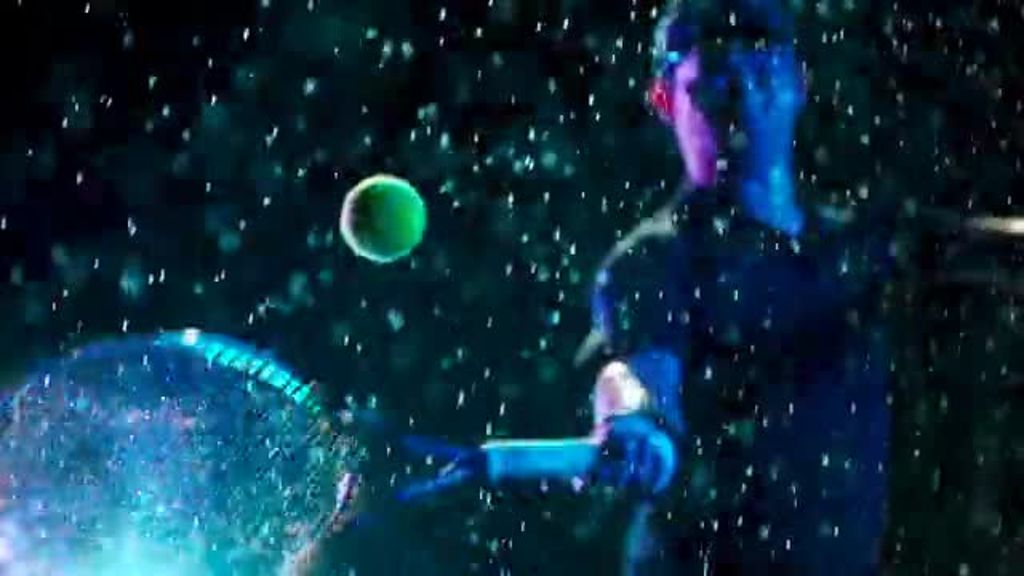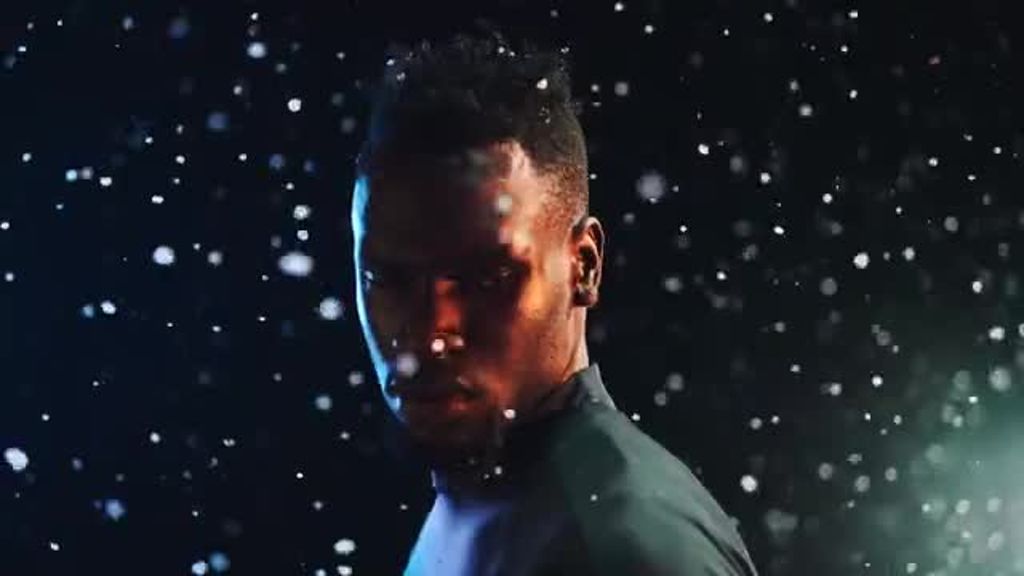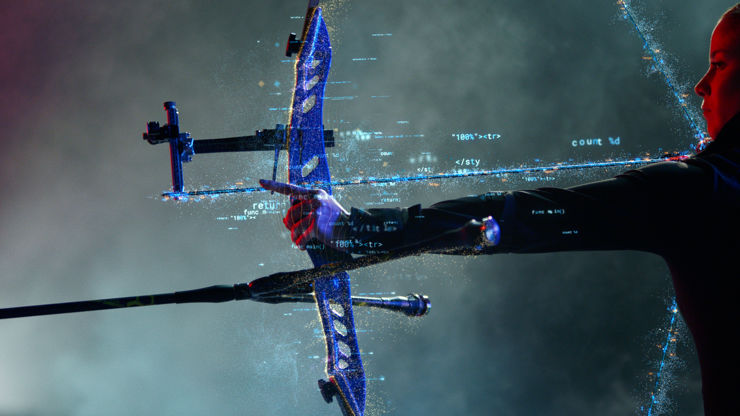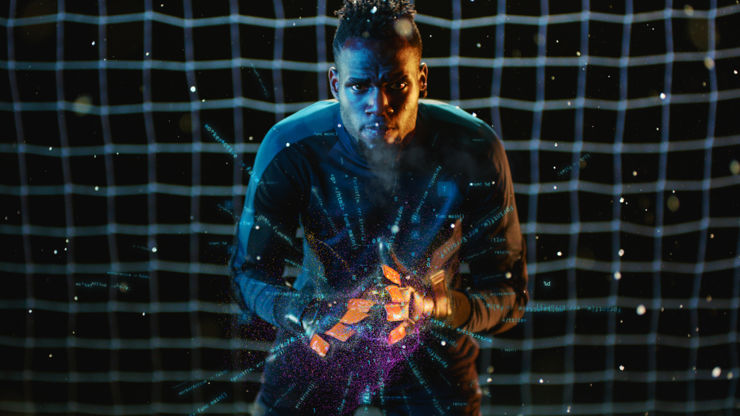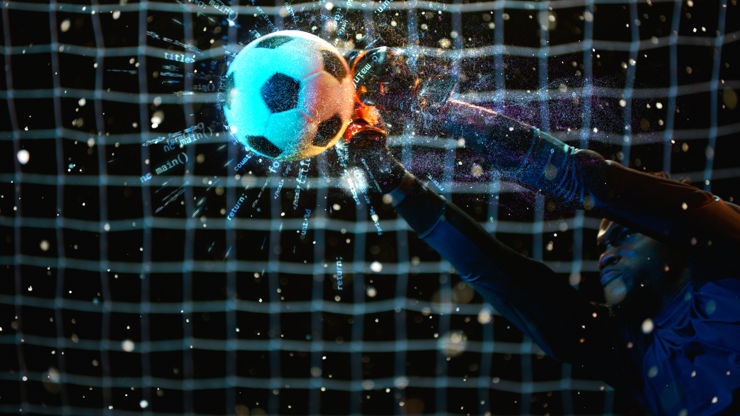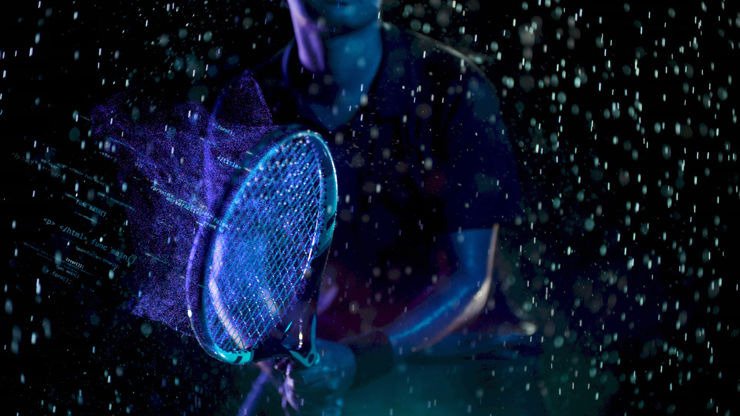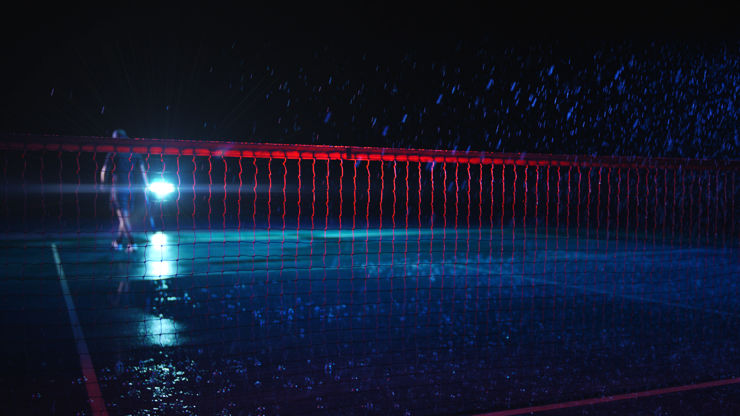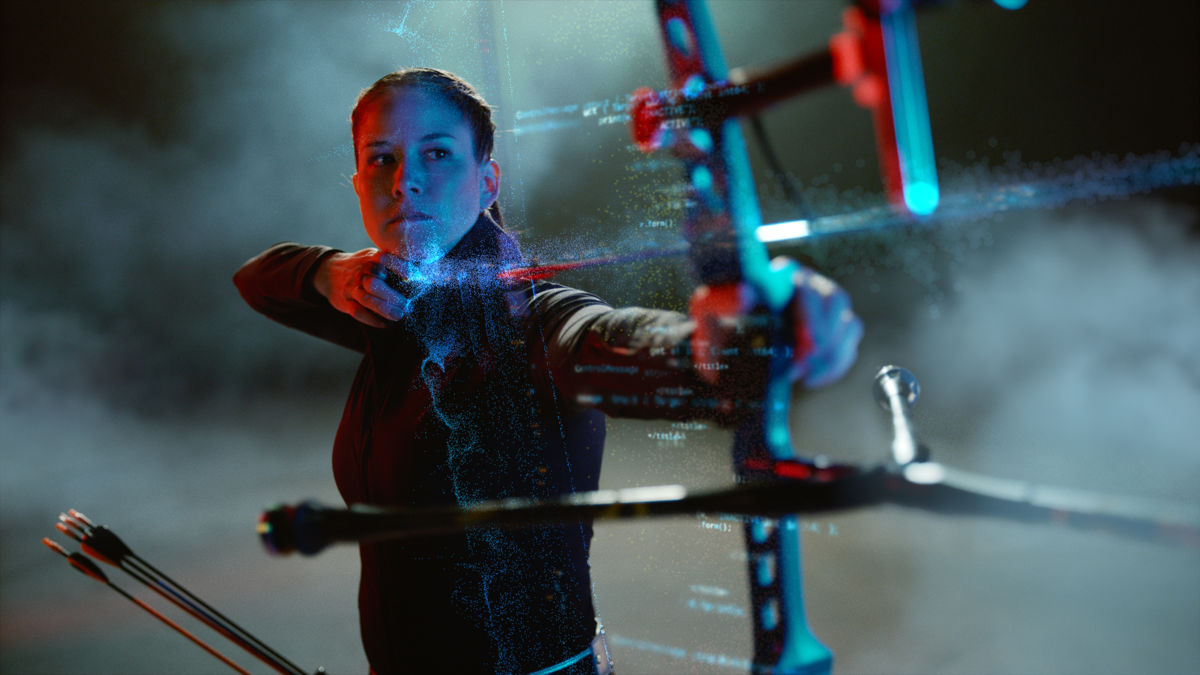How to film athletes in a virtual world
Scholar director Chris Finn, Doremus Creative Director, Mark Butorac, and Head of Production, Amy Capen undertook a massive campaign over lockdown, complete with international athletes, cutting-edge VFX, and featuring a tech company that wanted to produce explainers unlike any others in their field.
Filming athletes in motion is already a tough ask. Filming them remotely, after constructing a simulated field of motion, and with the intention of layering on CGI afterward? Even tougher.
Akamai’s latest campaign asked agency Doremus and production company Scholar to do just that. With a focus on targeted athleticism and metaphorical immersion, this ad series had to be executed at an Olympic standard. Chris Finn, director at Scholar, as well as Doremus Creative Director, Mark Butorac and Head of Production, Amy Capen, took some time to talk to us about the preparation and execution of this technically challenging campaign.
Preparing for the shoot is an incredibly collaborative process, notes Finn, as we start our discussion. A clear vision from Doremus gave Scholar the groundwork they needed to dive into the production headfirst. There were design frames, shots outlined in the script, everything set up along a parallel path to create a streamlined shoot the day of. It doesn’t hurt that Scholar is a full-service production company. Keeping everything in-house in order to create a slick campaign was essential.
Credits
powered by
- Agency Doremus
-
- Director Chris Finn
-
-
Unlock full credits and more with a Source + shots membership.
Credits
powered by
- Agency Doremus
- Director Chris Finn
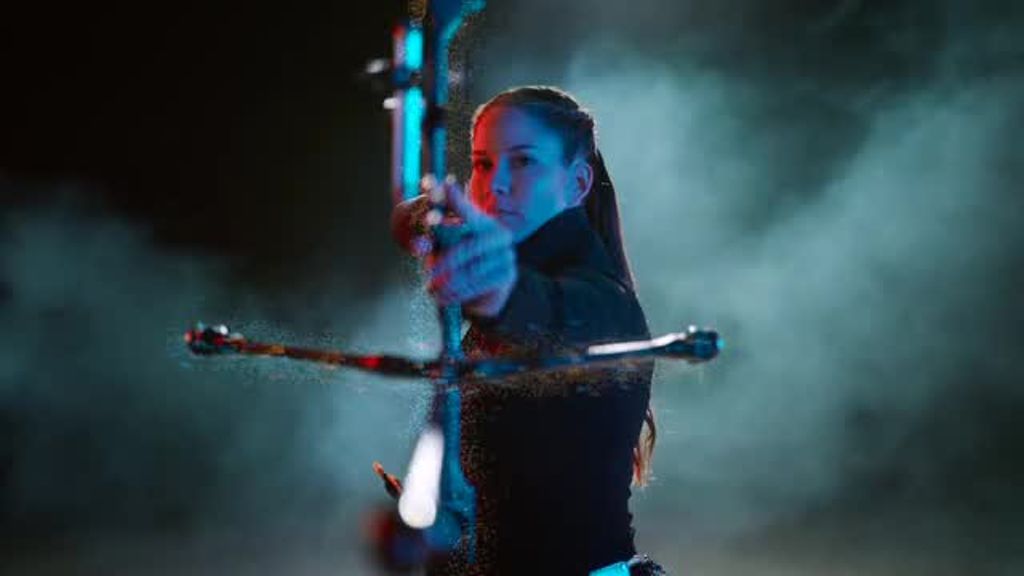
Credits
powered by
- Agency Doremus
- Director Chris Finn
Finn and the Scholar team knew that this campaign was going to have a lot of style and personality. Creating dynamic, responsive VFX was going to be a challenge, but doing the shoot remotely while also planning for that final product took a complete buy-in from everyone involved (client included). He mentions that the work that the art department pre-production did was invaluable. "It set the tone for the entire process."
A lot of the work involved in shooting for VFX is preparation; having the foresight to imagine the effects while shooting. The whole crew has to have conviction in the vision, from the agency to the production team, to the client. “Our simple shots turned into crescendo moments after we brought in animation,” Finn explains. “You need to retrain your brain on set.” Camera work was essential, especially because there wasn’t a lot of room for mistakes or reshoots, considering the challenges of shooting in Bogota during a lockdown.
"We used rolling takes for this shoot, giving the athletes time to get into the rhythm, turning on that autopilot that happens to an athlete, no matter where they are.”
“It was important to capture as much stuff in-camera as possible,” says Finn. “We needed a base.” Scholar wanted to bend the rules, but they didn’t want the stakes to rely on the CGI. Adjusting lensing to the snow, zooming in on talent, making sure that the athletes could really move in the space—all that was necessary to have beforehand so that the CGI could really bring out exactly what was outlined in the script. “We wanted the CGI to push the drama,” Finn explains, “but we didn’t want to depend on it to create the drama.”
For that, they leaned on their athletes.
Akamai – Edge Compute
Akamai – Content Delivery
Akamai – Security
The casting process was unique as well. The priority across the board was to get an elite performance on screen. The story was secondary to athleticism, making casting especially important, especially because Scholar wanted to focus on the shoot rather than coaching models. The campaign ended up with an Olympic archer and a professional soccer goalie… not bad for a lockdown casting session.
"The athletes were fantastic assets. When you see a pro, you know that you’re watching skill at work." Butorac says, “Originally, we were nervous about casting in Bogota, amid the lockdown, with no opportunity to look outside the city, but Bogota was very quickly proven to be full of talent. Honestly, it was Covid we were worried about.”
The shooting was collaborative from start to finish. Doremus and Scholar had to pull out all the stops to make it happen remotely, with new technology coming in to support the process.
This campaign, like many, was shot over the past year, when lockdowns, rules, and restrictions were still very much up in the air. The decision to do a remote shoot wasn’t taken lightly. Capen remembers that “we couldn’t shop for wardrobe because there was a curfew. We all had to take a leap of faith. ”
Finn remarks that even though it was challenging, they had a solid team on the ground working together. “I needed to make sure everyone was comfortable. So we did longer takes and I made sure not to over-coach.” With this in mind, the team worked toward extended moments, focusing on the athletes' performance over quick takes, giving them a chance to warm up to the camera… and then forget it was there.
Butorac explains that this was the first remote shoot for Doremus. “I tried to jump in when I could because it was so unique. It was eye-opening to realize what could be made without being on-site.” The experience working with all the technology allowed Butorac to see the possibilities. Now, unique locations, actors, and even athletes who are in the middle of their competition season can be utilized locally, rather than the whole kit and caboodle centering in a single place. The opportunities provided by technology opening up the “global remote” allowed this shoot to happen. It might not be right for everything, but Butorac says that being remote is a new weapon in the arsenal.
The shooting was collaborative from start to finish. Doremus and Scholar had to pull out all the stops to make it happen remotely, with new technology coming in to support the process. “It seems simple when you see the spots,” Butorac says, a little self-deprecating, “but all the VFX is cutting edge. We coded dust at the same time we were pulling Akamai’s code to shatter at the tip of an arrow.” It was a hard line to walk. The vision was there, but it wasn’t clearly on-screen or tear sheets until the very end. “Bringing clients along for that kind of ride can be difficult.”
Creating dynamic, responsive VFX was going to be a challenge, but doing the shoot remotely while also planning for that final product took a complete buy-in from everyone involved (client included).
“From an agency standpoint,” Capen remarks, “managing client expectations and filtering comments constructively was a challenge, but it was nice to have a backchannel for production communication.”
Communication is always the challenge on remote shooting. All the technology in the world can’t make up for poor instruction. Finn, on directing athletes, says “it’s important to make it feel real to them to get them to perform real.”

Credits
powered by
It didn’t hurt that the team on the ground created a set that mimicked each athlete’s chosen sport and the weather. “Having that kind of control over the environment was really great,” Finn says, “The ability to make the spaces, to control the details— That was a part of the production was a great accomplishment.”
“We couldn’t shop for wardrobe because there was a curfew. We all had to take a leap of faith. ”
“The stakes are high in the environment,” Finn explains, “we had snow, we had rain, we threw balls in all directions at the same time.” Key to this approach was the knowledge that the effects would respond to their actions. Utilizing a particle-based VFX program, Scholar was able to create an immersive world that moved around the athletes. The goal on set was the performance, capturing just the right movement from the tennis player, the jump from the soccer goalie, the tension in the archer. “We used rolling takes for this shoot, giving the athletes time to get into the rhythm, turning on that autopilot that happens to an athlete, no matter where they are.”
Every day of shooting and production brought new challenges. Finn just shrugs, “even with a team that can pivot as much as ours can, there’s always going to be stuff outside of our control.”
In this case, however, you can't tell at all.
)







